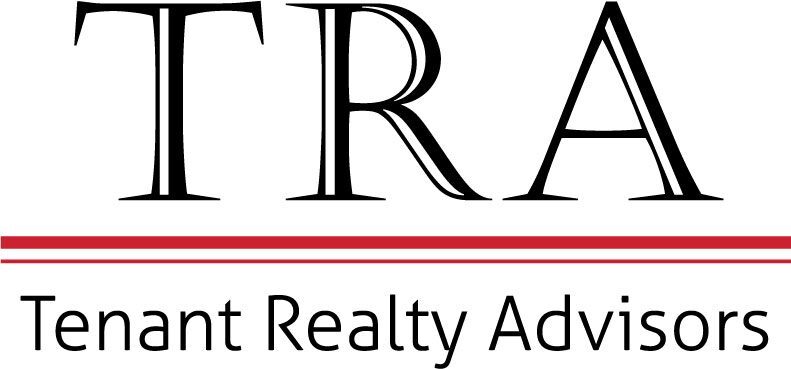A commercial lease negotiation involves both business terms and legal terms. A savvy tenant will have both a tenant representative and an attorney negotiating these terms on their behalf. After numerous back and forths, the various items up for negotiation usually end up in some type of compromise that reasonably works for both parties. But what would you say is often the last, most contentious clause remaining to be negotiated in a deal? Believe it or not, it is often the language related to signage! Tenant’s want lots of signage and Landlord’s typically want minimal, if any, signage. All too often I see signage rights granted at the expense of important financial and flexibility terms in the lease.
We all know that visibility is important to retailers, but office tenants also place a high priority on the availability of visible signage for their new locations. This can be doubly true for service office tenants such as dentists, insurance agents and financial service firms. Signs offer numerous benefits to an office tenant, from ease of finding the front door, to creating a brand identity, and even to creating the impression that a building belongs to the tenant with the most prominent sign.
On the other side of the table, Landlords are usually reluctant to allow signage for a number of reasons. If they give it to one tenant, the others will all want it. Poorly designed signs can detract from a nice building. Removal of signs can cause damage to the buildings exterior. In addition to the Landlord’s objections, the local municipality usually has restrictive language regarding signage, both in design and quantity. Most cities have sign codes and these codes can be difficult to navigate and costly to meet some of the criteria.
So, how does an office tenant navigate this process to obtain the signage they want but still maintain a good relationship with their landlord and not upset the local municipality? First, once you have identified a location, get with a reputable sign salesperson and ask them to check into the signage available per the city codes. If your building of choice is not zoned retail, there is a good chance the amount of signage will be limited to a certain allotment set by the city. Your building may have a specific sign program or master sign plan approved by the local municipality dictating design and the amount of signage allowed. If the building has signage available, have the sign company do a quick design that meets the local codes. This will then be handy to present to your potential landlord showing that you have done your homework, and not only is there signage available, but your design meets city criteria. I believe a well designed sign can actually compliment a building. Make sure your sign enhances the property and your approval will be easier to achieve.
Once negotiations begin, make sure your need for signage is discussed early and often. It can be a big step backward to push for overly obtuse signage after negotiating other business terms in a letter of intent. Try to get the signage language agreed to early so focus can be made on important financial and flexibility terms. I believe signage, if important, should be looked at the same way you would look at square feet as you are evaluating different locations. You either fit or you don’t….you either have good signage or you don’t. Once this is determined, you can focus on securing favorable financial terms and flexible options at the preferred site.
